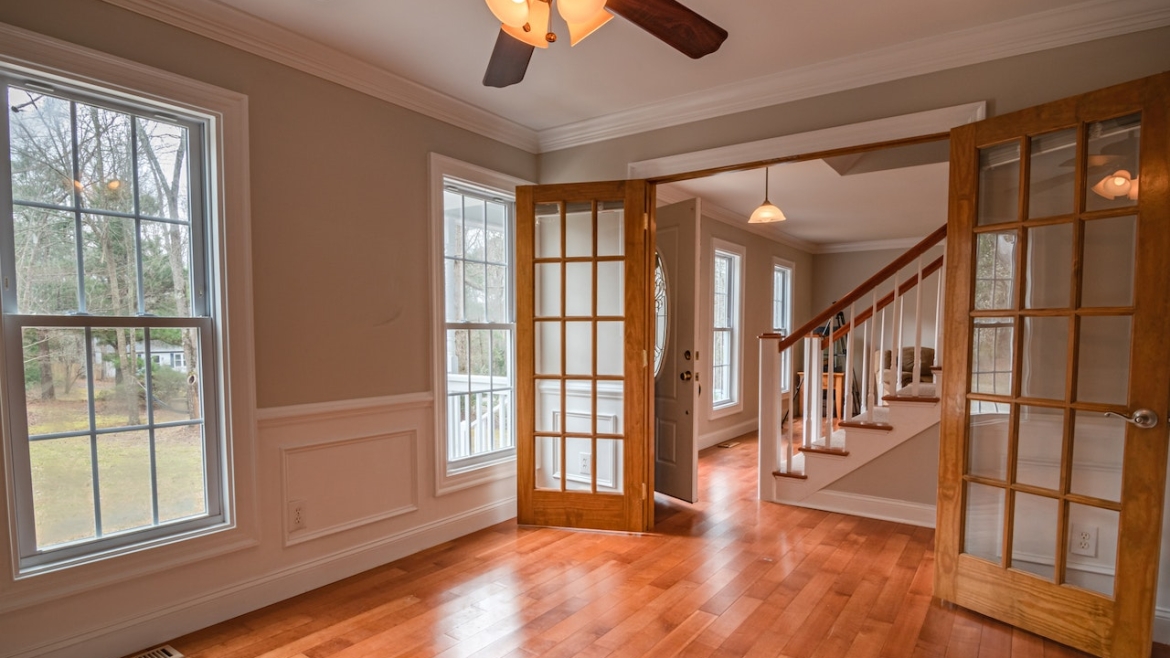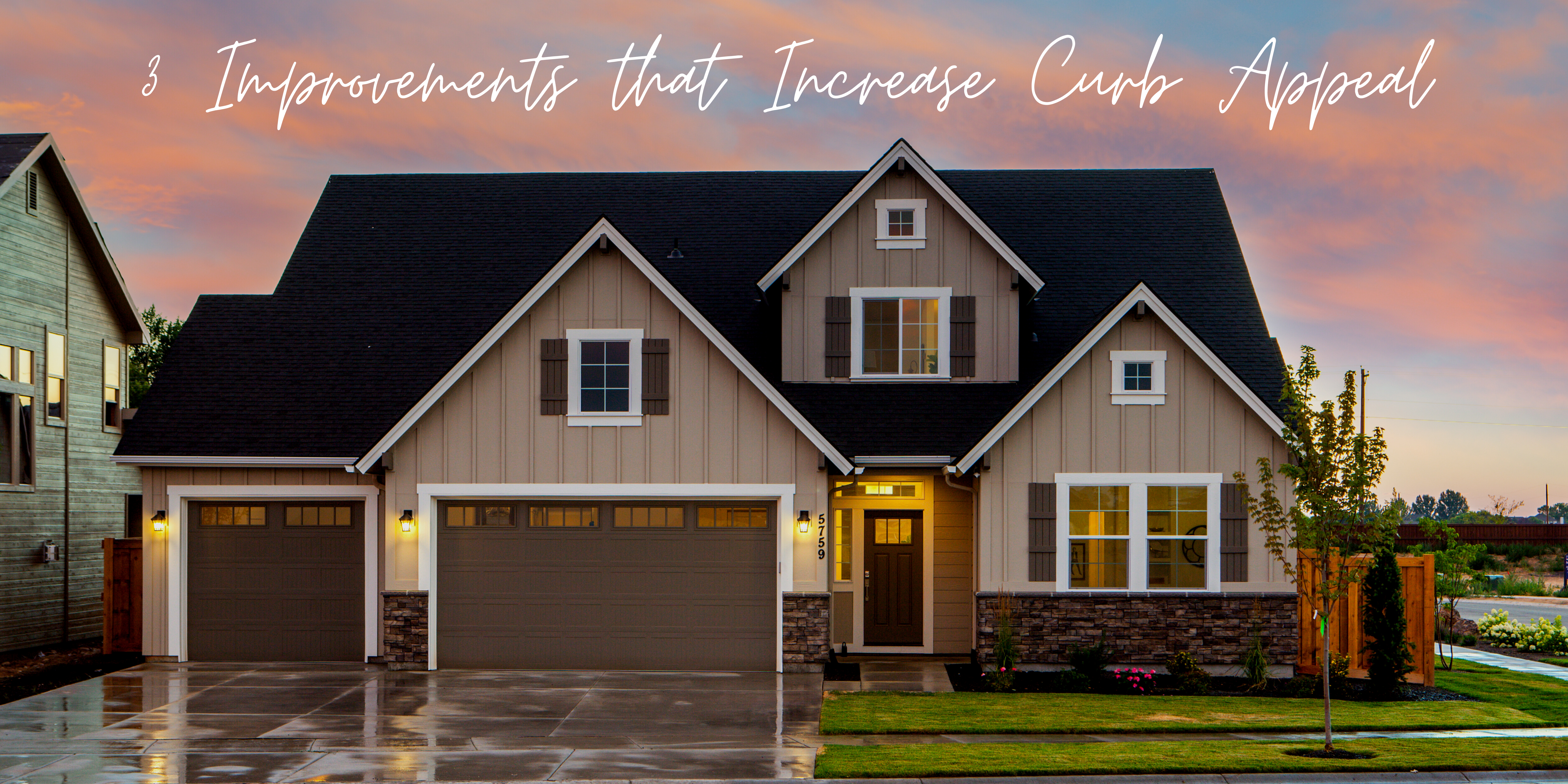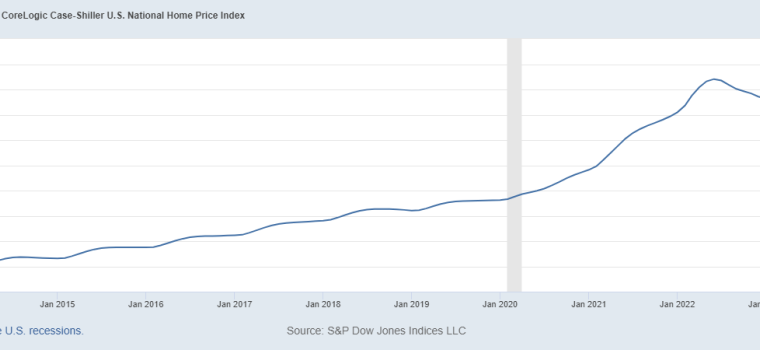From 1976 through 1979, about 420,000 new houses were built each year. However, by the 90s, this number dropped by over half to just 207,000 new homes being built each year. Finally, at the end of the 2010s, that number dropped again to a whopping 55,000 homes being built a year, just shy of 7% of all new residential construction. Now, we have a housing shortage, and buyers who are ready to get their first home but are left with no options. The question is… Why have we seen such a substantial decrease in entry-level housing being constructed and how does this affect the housing market?
Entry-Level Housing Shortage
Over the last 45 years, we have seen a significant decrease in the number of entry-level homes being built, leading to our current housing shortage. Although a small part of this decrease in the last few years is placed on the COVID-19 pandemic and the rise in supply costs, the root of the problem goes back much further.During the 2008 housing collapse, many homebuilders went out of business. In turn, workers in this industry found other professions. The workforce for the housing construction industry became nearly decimated. However, eventually, the market began to recover from the collapse and Americans started to buy houses again. Homes still were getting built at a slower rate than they were previously. The rise in rural living has also played a factor in these numbers. With more, and more people turning to rural housing to find homes.
Effect on the Current Market
Now, the millennial generation is ready to start buying their first homes, but finding an entry-level home is nearly impossible. Housing prices and rates remain high, and the lack of supplies and resources to get new homes built remains low. Our Founder, Todd Pigott says:
“Mortgage performance across the nation, from the metrics I get from the GSA is at an all-time high. Bottom Line, there is a shortage of entry-level housing and multi-family, the cornerstone of the entire ZINC lending platform, which is why I predict that home prices will remain resilient”.
Since it doesn’t seem like the price of housing will be changing any time soon, we will remain to be in a housing shortage for the foreseeable future.



